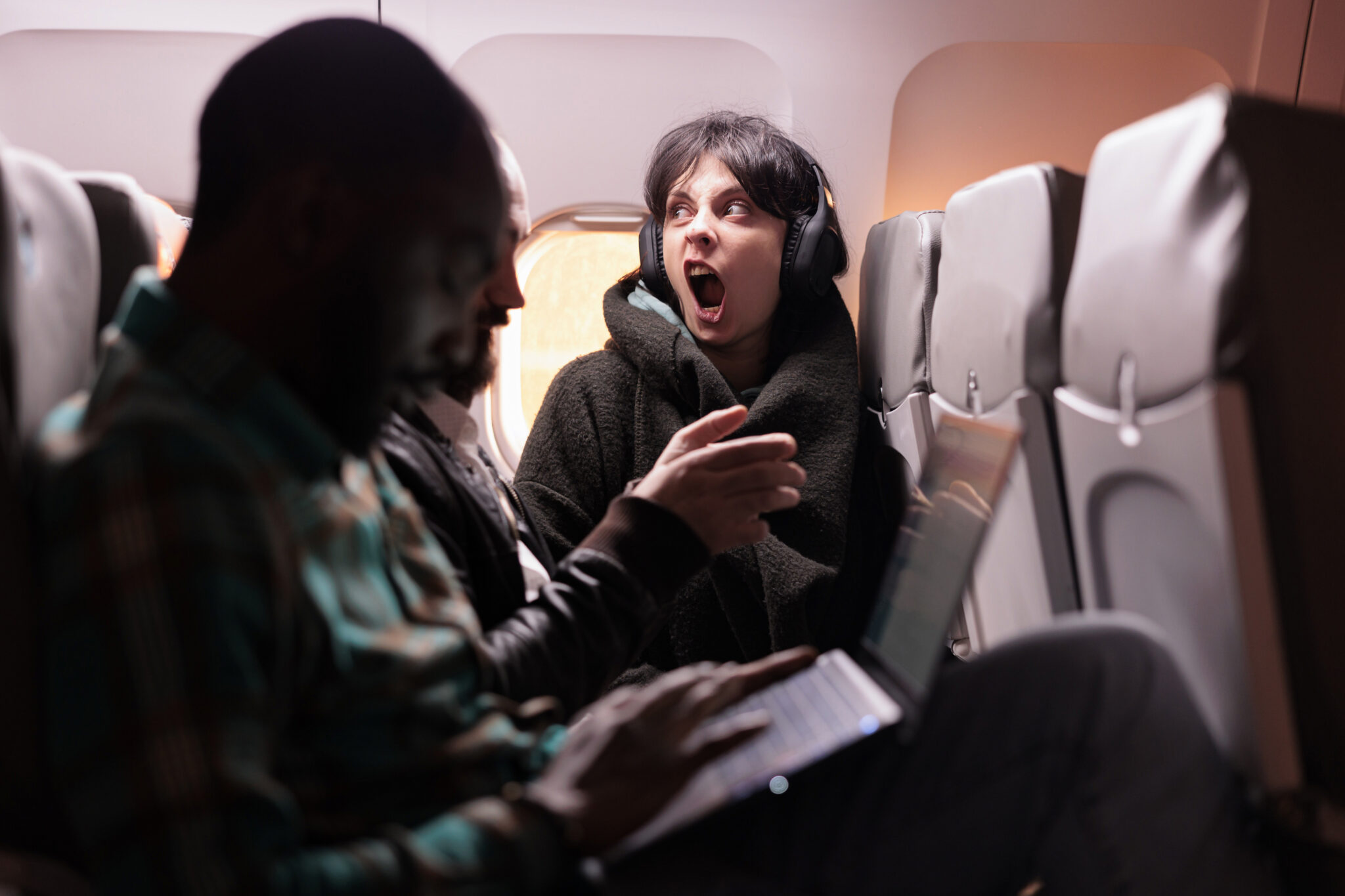Turbulence on flights can be scary. It makes the plane shake a lot. Recently, three flight attendants from Delta Air Lines got hurt because of it. This happened on a flight from Ecuador to the United States. No passengers were injured. But the event shows why people worry about bumpy skies more these days.
The flight left Quito, Ecuador, late at night. It was Delta flight 632. The plane was a Boeing 767. It had 206 passengers and seven crew members on board. The trip started at 11:15 p.m. on September 14, 2025. It was set to land in Atlanta at 5:20 a.m. the next day. But during the journey, the plane hit moderate turbulence.
A Delta spokesperson said the three flight attendants had minor injuries. They kept working for the rest of the flight. The plane landed safely in Atlanta. Medical teams met them on the ground. They checked the crew members. Luckily, all passengers were okay.
What Is Turbulence and Why Does It Happen?
Turbulence is when air moves in rough ways. It can make the plane go up and down fast. This often happens near storms or mountains. Or it can come from wind changes high in the sky. Clear-air turbulence is the hardest kind. Pilots cannot see it on radar. So, it surprises everyone.
Experts say turbulence is getting worse. A professor named Paul Williams studies this. He works at a university in the U.K. He found that severe clear-air turbulence is 41% more common now than in 1979. Another study shows it rose 55% over the North Atlantic by 2020. Climate change makes it happen more. Warmer air creates stronger winds. This leads to bumpier flights, especially on busy routes.
- More Frequent Bumps: Research shows turbulence up by up to 55% in some areas since the 1970s. It is worse around the middle parts of the world, like over the U.S. and Europe.
- Harder to Predict: Clear-air type is tricky. It hides in calm-looking skies. Planes fly right into it without warning.
- Link to Weather Changes: Hotter weather means more storms. Jet streams get stronger. All this adds to the shakes.
Recent Turbulence Incidents Raise Alarms
This Delta flight is not the only one. Just this summer, another Delta plane had big problems. It flew from Salt Lake City to Amsterdam. Bad weather caused severe turbulence. The flight had to land early in Minneapolis. Twenty-five people went to the hospital. Two crew members had serious hurts.
One passenger shared her story. She said people without seatbelts hit the ceiling. It was chaos inside the plane. Food and carts flew around. This shows how fast things can go wrong.
In the U.S., turbulence has hurt many since 2009. The government says 207 people needed hospital stays for at least two days. Most were not wearing belts. Experts say buckle up always. It saves lives.
How Airlines and Experts Are Responding
Airlines like Delta take safety first. They train crews for turbulence. Planes have strong designs to handle bumps. But with more turbulence coming, changes are needed.
Scientists use new tools to spot it better. They look at weather data and old flight records. Some planes get updates to fly around rough air. Pilots share tips with each other too.
One idea is smarter wings. Engineers study birds like owls. Owls fly quiet and steady. They hope to copy that for planes. AI might help predict bumps ahead.
For passengers, simple steps work best:
- Wear Your Seatbelt: Keep it on when seated. Even if the light is off.
- Listen to Crew: They know when to expect shakes.
- Stay Seated: Do not walk around during bumps.
- Choose Seats Wisely: Front or wings are often smoother.
Why This Matters for Future Travel
Turbulence scares many flyers. About one in five people in the U.K. fear flying. Bumpy rides make it worse. But flying is still safe. Planes are built tough. And deaths from turbulence are very rare.
As the world warms, expect more rough air. Routes over oceans and mountains are hit hardest. The one between Argentina and Chile is the bumpiest. Airlines may change paths to avoid it. This could add time to trips.
Delta says they care about crew and guests. They review every event. The three flight attendants are recovering. The plane was checked too.
Travel keeps growing. More people fly each year. Safety tech must keep up. For now, stay calm and belted. Turbulence is normal. It just feels wild.
This story reminds us: skies change with the planet. But smart steps keep us safe up high.






















